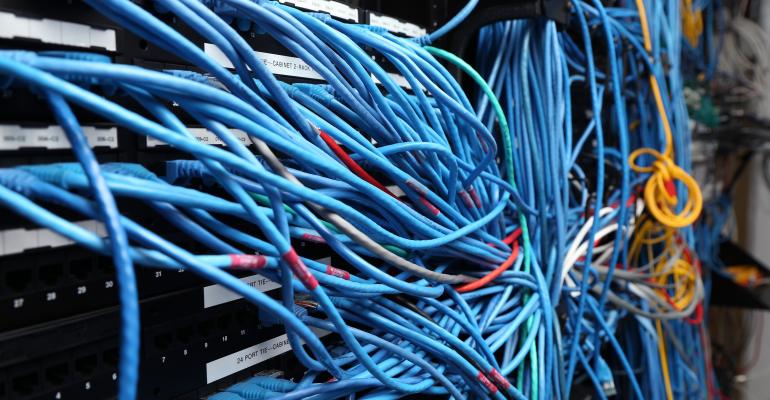Standards are crucial for any data center, but there seem to be so many of them now; and issuing organizations are ready to go to war to defend the value of their particular ones. Staying on top of the myriad of standards is a dizzying prospect for any person charged with knowing which to use and which to dismiss.
“Context plays a crucial role in the relevance of different standards,” said Greg Schulz, a consultant with Storage and ServerIO Group. “With some standards pertaining to power, cooling, HVAC and fire, and others pertaining to security or computing, gravitate toward those standard which are most applicable and relevant.”
If you are looking for power and cooling standards, the Uptime Institute Tiering categories are strong in that area, among others. If you want efficient performance, perhaps the Green Grid’s OSDA is the way to go with its Power Usage Effectiveness (PUE) metric. But of course, other standards bodies would counter that they too address performance.
On the security side, ISO 27001 is a best practice framework defining the requirements for establishing, implementing, maintaining and security. LEED is a good badge of honor flaunted by many who wish to emphasize their environmental sensibilities or low carbon footprint. And that’s perhaps the point: with so many competing standards, it is best to either pick the one that fits your business goals, or opt for one that will gain you the most attention from potential customers.
Then there's the Uptime Institute’s tiering system, which has risen to a position of prominence in the data center space. It positions itself as the de facto standard for the data center.
“As the world becomes increasingly digital-centric, organizations want to treat data centers as a utility with guaranteed levels of performance and capacity,” said Lee Kirby, president of Uptime Institute. “The Tier Standard continues to be the most recognized and adopted standard for assessing mission critical infrastructure. Its focus on price vs. performance enables organizations to align their IT costs structures with their business service delivery strategies.”
However, controversy has existed around these tiering standards over the last few years, and alternatives exist.
To learn more about the pluses and minuses of other standards, read this article in full on the AFCOM website.
The article is free to AFCOM members. To learn more about AFCOM or to join the association, visit here.
AFCOM is a sister organization to Data Center Knowledge.





